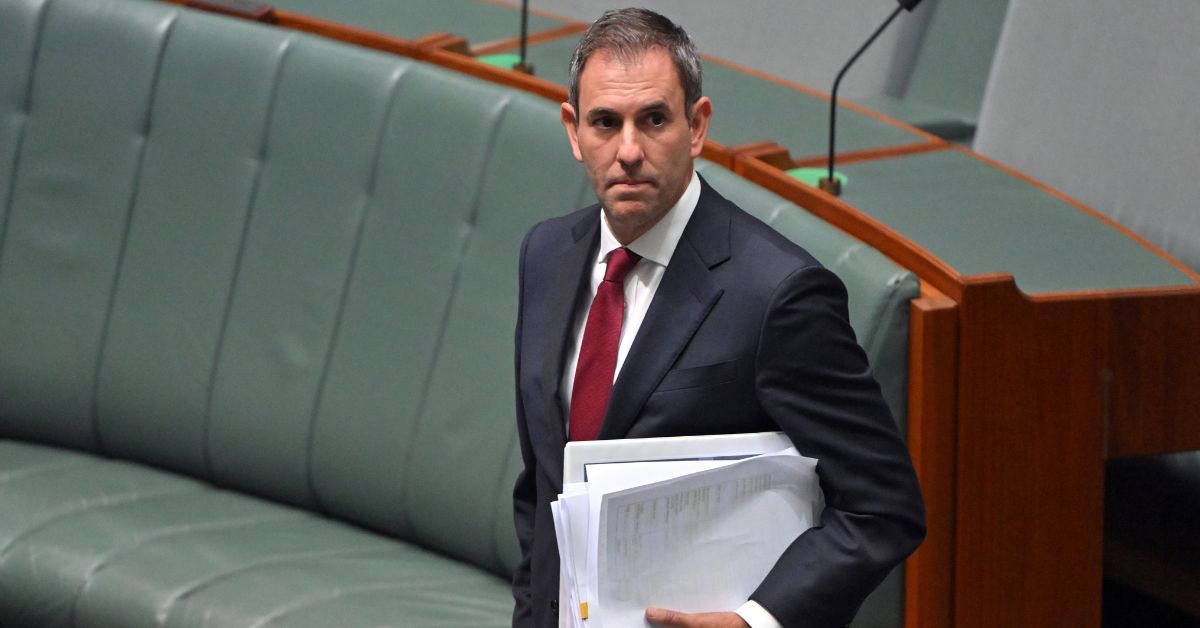Experts in economics, politics, property councils, as well as the big four banks all outline their 2024 property market predictions, and what to expect deeper into the future.
The Organisation for Economic Co-operation and Development (OECD) updated its world economic outlook and forecast the RBAs 13th rate rise to 4.35 per cent would probably be enough to lower inflation – for now, in November.
“The projections assume that the cash rate will be held at this restrictive level until inflation is clearly declining to the target band, with 75 basis points of interest rate cuts assumed between the third quarter of 2024 and end-2025,” the report said.
Treasurer Jim Chalmers told RN Breakfast that the lower October CPI figures coupled with the OECD forecast showed “we are making some welcome progress in the fight against inflation and that will determine the future directory trajectory of interest rates”.
Property council confident but government could do more
In a survey of its members, The Property Council of Australia found industry confidence remained broadly optimistic despite pressures from interest rates and inflation.
“Confidence remains positive within the property industry, especially within individual business,” chief executive of the Property Council, Michael Zorbas said of the council’s September survey of 696 industry professionals.
“Construction activity expectations are generally positive across all asset classes, with the exception of the retail and office sectors, where they slightly dipped into the negative territory.
“Expectations regarding construction activity in the retirement living sector have hit their highest mark since the December quarter of 2021.
“Likewise, expectations for residential construction are at their peak in over a year, and industrial construction expectations have reached their highest level since the September quarter of 2022,” he said.
Nationally, 41 per cent of the survey’s respondents saw housing supply and affordability as a concern for the Australian government.
At the state level, 43 per cent of respondents identified it as the most crucial issue for state governments.
“Addressing the lack of investment in planning systems that fail to adequately address the essential needs of all Australians is a must,” Zorbas said of perceived deficiencies in government policies and structures.
“While governments have tinkered around the edges to provide housing supply in recent months, this survey shows that the property industry is still concerned about the lack of housing supply.”
The great Australian dream is a stress, says the IMF
In October, the International Monetary Fund (IMF) found Australians have the highest level of mortgage stress in the developed world.
In its Global Financial Stability Report, the IMF reported Australians devote on average 15 per cent of income to paying off loans, putting us ahead of Canada, Norway and The Netherlands.
Meanwhile the Reserve Bank (RBA) revealed the proportion of owner-occupiers whose essential expenses and mortgage costs exceeded their income in July 2023 was around 5 per cent – up from around 1 per cent in April 2022.
“Australian households and businesses are generally well placed to manage the impact of higher interest rates and inflation, supported by continued strength in the labour market and sizeable savings buffers,” the RBA noted.
“However, this resilience is unevenly spread. Some households and businesses are already experiencing financial stress, and the squeeze on household budgets is likely to continue to build.”
What the BIG4 banks are forecasting
Here’s what the BIG4 banks are forecasting for the property market in 2024.

Commonwealth Bank
Commonwealth Bank had anticipated a 3 per cent rise in home prices in 2023 but changed its outlook to 7 per cent growth for 2023 – on the back of increased migration, tightening in rental markets, and low levels of housing supply. The bank forecasts a 5 per cent rise in 2024.

Westpac initially predicted a stable housing market for 2023 but revised its forecast – citing strong population growth – for national house price inflation to 7 per cent for the year 2023. It expects a further 4 per cent price rise in 2024.

National Australia Bank predicted a 4.7 per cent rise in property prices for 2023 on the back of a supply/ demand imbalance. The bank projects a further 5 per cent increase for 2024.

ANZ revised its previous forecast of an 11 per cent decline for 2023 to a stable market, followed by a 5 per cent increase in 2024.
For news and insights from experts around the industry, download edition four of the Australian Conveyancer, today.






